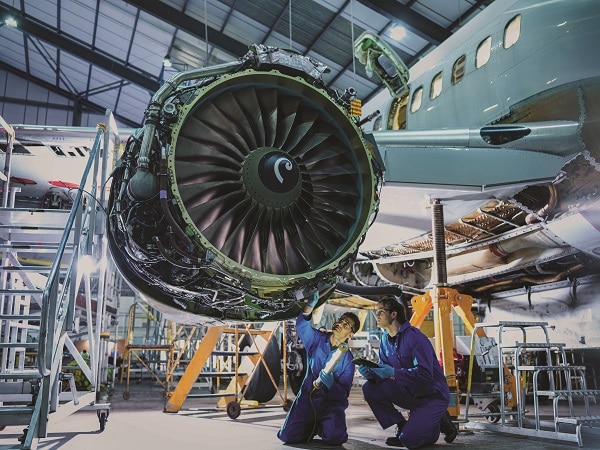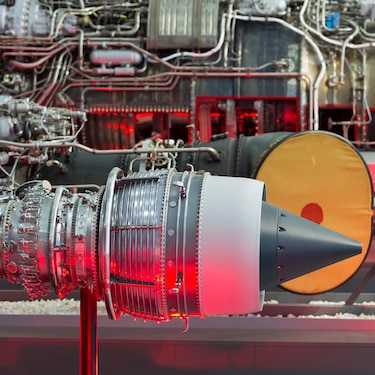Today the global Aerospace & Defence (A&D) sector is a $755bn industry. While the sector appears to be at the forefront of technological innovation, if you roll back the covers the reality is somewhat different. According to our A&D Digital Manufacturing Productivity Snapshot research, 97% of A&D manufacturers in the UK and the US say the industry has suffered from an underinvestment in digitisation and now is the time to take to improve supply chain efficiencies and create a productivity advantage.
Considering the complexity and risks involved, it is alarming that the majority of A&D manufacturers still use paper-based processes (88%) and spreadsheets (57%). The fact that major aviation and space projects are potentially being run via spreadsheets, or pen and paper, creates a huge cause for concern. At best, this approach can cause inefficiencies and lead to mistakes, at worst, it could lead to project failure and A&D leaders losing their jobs. When you consider that almost half (48%) of A&D manufacturers say a lack of investment in new technologies and processes has resulted in them losing business, alarm bells should be ringing across the industry.
Getting a tighter grip on supply chains
This lack of digital maturity impacts many areas of A&D, but one area in particular that requires close attention is the supply chain. In this industry, it’s absolutely mission-critical that organisations are able to manage a highly regulated manufacturing environment, and complex production processes. Manufacturers require strong control and visibility over lot and serial tracked parts for all materials, components and subassemblies, from ‘cradle to grave’. Full traceability is essential if A&D manufacturers need to look back and check whether they have used a certain component or material, that they have been alerted may be faulty or out of compliance.
To optimise performance, A&D manufacturers must also carefully track how each supplier is contributing to their enterprise. Are suppliers causing problems, or are they enabling success? It’s important to view supplier management as an ongoing process, rather than a one-time project. It requires continuous optimisation to maintain top performance, and centralised communication with suppliers is essential. However, today there is an overreliance on email and paper-based communications, which is not only inefficient but can also lead to significant quality issues.
Taking action – digital investment
A&D manufacturers must act now and invest in digital, or else they run the risk of falling behind the competition. A Manufacturing Execution System (MES) can make all the difference here. By placing an MES front and centre of digital operations, A&D manufacturers can address the data concern, unlocking real-time visibility and intelligence, while enjoying improved control. Organisations that have already adopted MES have had a head-start, not just in embracing innovation, but also in channelling it towards achieving bespoke goals and aims, ensuring more sustainable decision-making moving forward.
When also connected with Supplier Quality, Management (SQM) and Maintenance, Repair and Overhaul (MRO) solutions, the result is a holistic, connected and strategic disruption of all aspects pertinent to manufacturing excellence. This creates a framework for collaborative supplier quality, and eliminates the problems caused by email and paper-based communication. iBase-t’s iSeries architecture is designed to meet these exact goals. And, based on feedback from employees across the highly engineered industrial manufacturing space, the digital revolution can’t come soon enough!
To download our Aerospace & Defence Digital Manufacturing Productivity Snapshot, please visit: info.iBase-t.com/snapshot





